Anhui Feichun Special Cable Co.,Ltd Li.wang@feichuncables.com
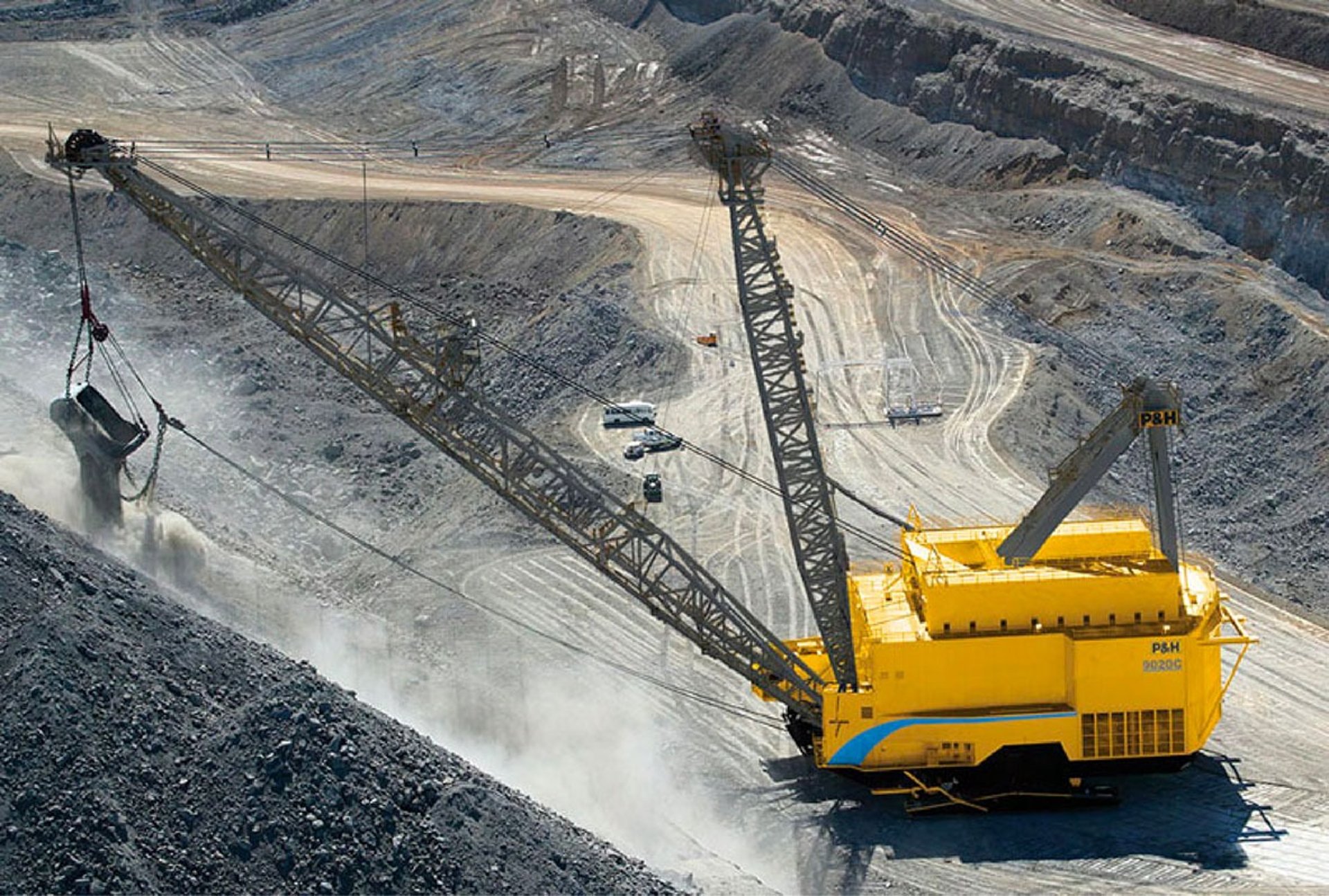
A Complete Guide to SANS 1520 Type 61B Copper Shield 0.64/1.1kV Mining Cables Compliance and Underground Power Solutions
Discover how Type 61B Copper Shield 0.64/1.1kV mining cables with SANS 1520 compliance are transforming African mining operations through superior electromagnetic protection, extreme temperature resistance, and robust construction designed for harsh underground environments.
Li.wang@Feichun Cable
8/18/20258 min read
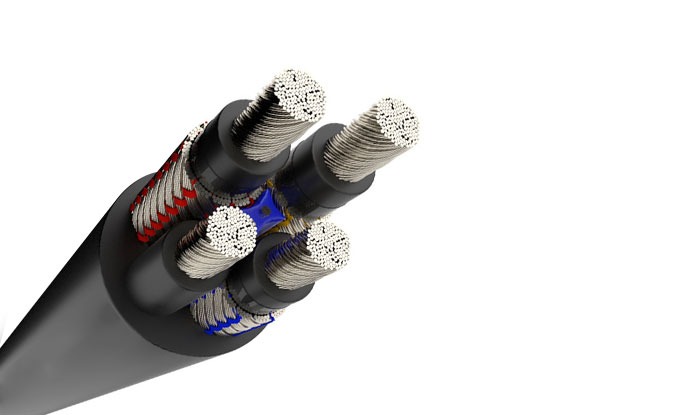

Introduction: The Electrical Lifeline of African Mining
Deep beneath the surface of Africa's mineral-rich landscapes, where temperatures soar above 40°C and humidity creates challenging conditions, a critical component ensures that millions of tons of precious metals reach the surface safely: mining cables. The Type 61B Copper Shield 0.64/1.1kV mining cable represents a technological breakthrough specifically engineered for the demanding requirements of African mining operations, from South Africa's deep gold mines to Zambia's expansive copper operations.
As Africa continues to dominate global mineral production—with South Africa producing over 70% of the world's platinum and Zambia ranking as the world's second-largest copper producer—the reliability of electrical infrastructure becomes paramount. The Type 61B cable's compliance with South African National Standards (SANS) 1520 makes it not just a technical solution, but a safety imperative for the continent's mining industry.
Understanding SANS 1520: The Gold Standard for Mining Cable Safety
The SANS 1520 standard serves as the cornerstone of cable manufacturing excellence in South Africa, establishing rigorous requirements that have influenced mining safety protocols across the African continent. This comprehensive standard addresses three critical areas of mining cable applications.
SANS 1520 Part 1 governs low-voltage flexible trailing cables operating at 0.64/1.1kV and 1.9/3.3kV, specifically covering Type 41 and Type 61 cables. These cables must demonstrate exceptional flexibility while maintaining structural integrity under the mechanical stresses common in mining operations. The standard mandates specific materials, dimensional tolerances, and electrical properties that ensure cables can withstand daily operational demands.
SANS 1520 Part 2 addresses high-voltage applications ranging from 3.8/6.6kV to 19/33kV, covering the robust Type 63 and Type 66 cables used in major mining installations. These specifications ensure that high-power equipment receives reliable electrical supply even in the most challenging underground environments.
SANS 1520 Part 3 focuses on low-voltage direct current applications up to 1,500V DC, particularly for battery-operated equipment in hazardous underground locations where explosive gases or dust may be present.
The Type 61B Copper Shield cable's compliance with SANS 1520 Part 1 ensures it meets the most stringent safety and performance criteria established by decades of mining industry experience.
Technical Architecture: Engineering Excellence in Every Laye
The Type 61B cable represents a masterpiece of electrical engineering, with each component specifically designed to address the unique challenges of African mining environments.
Conductor Assembly and Core Configuration
At the heart of the Type 61B lies its flexible Class 5 tinned annealed copper conductors, manufactured to comply with SANS 1411-1 specifications. These conductors feature a left-hand lay configuration with semi-conducting rubber screening that provides uniform electrical field distribution. The three tinned copper braided screened power cores handle the primary electrical load, while three unscreened pilot cores, strategically positioned in the interstices, provide control and monitoring functions.
The conductor sizes range from 35mm² to 150mm² for power cores, with pilot cores available in 6mm² to 16mm² configurations. This flexibility allows mining engineers to select the optimal configuration for their specific power requirements, whether supplying conveyor systems requiring 160A or heavy crushing equipment demanding up to 390A sustained current.
Advanced Insulation System
The insulation system employs ethylene propylene thermosetting compound (Type RD 3, SANS 1411-3 compliant), renowned for its exceptional resistance to heat, moisture, and chemical degradation. The triple-extruded strippable semi-conducting core screen ensures easy installation while maintaining electrical integrity throughout the cable's service life.
The core lay-up utilizes a right-hand lay configuration around a semi-conductive rubber filler, creating a mechanically stable structure that resists deformation under the dynamic loading conditions common in mining applications.
Multi-Layer Protection Strategy
The Type 61B's protective system consists of multiple engineered layers. The inner sheath utilizes poly-chloroprene thermosetting compound (Type RS 6), providing primary protection against moisture, chemicals, and mechanical damage. An open nylon braid reinforcement with a minimum of 16 nylon strings adds tensile strength and cut resistance.
The outer sheath, also manufactured from black poly-chloroprene thermosetting compound (Type RS 6), serves as the final barrier against environmental hazards. The copper braided screening maintains an 80% filling factor, ensuring maximum electromagnetic interference (EMI) protection while maintaining cable flexibility.
Performance Specifications: Meeting Extreme Operational Demands
Electrical Performance Characteristics
The Type 61B cable operates at a nominal voltage of 0.64/1.1kV, making it ideal for low-voltage mining applications. DC resistance values are carefully controlled, with specifications provided for both 20°C ambient and 90°C operating temperatures. Current carrying capacity ranges from 160A to 390A for sustained operation, with short-circuit ratings accommodating both symmetrical and earth fault currents.
The copper braided screening provides exceptional electromagnetic interference protection, crucial in modern mining operations where sensitive electronic control systems must operate alongside high-power electrical equipment. This EMI protection ensures reliable operation of programmable logic controllers (PLCs), variable frequency drives (VFDs), and automated monitoring systems.
Physical and Mechanical Properties
Cable diameters range from 41mm to 63.5mm, with cable mass varying from 3.1kg/m to 8.5kg/m depending on conductor size. The minimum bending radius ranges from 300mm to 500mm, allowing installation in confined underground spaces while preventing damage to internal components.
Maximum installation tension specifications, ranging from 1.6kN to 6.8kN, ensure that cables can be safely pulled through cable trays and conduits during installation. The operating temperature range of -25°C to 90°C conductor temperature accommodates the extreme thermal conditions encountered in African mining operations, from the frigid early morning temperatures in high-altitude South African mines to the intense heat generated by underground equipment.
Applications Across Africa's Mining Landscape
South Africa: Deep Underground Operations
South Africa's mining industry, generating over 350 billion rand annually, relies heavily on robust electrical infrastructure. The Type 61B cable excels in the country's deep gold mines, some extending over 4 kilometers below the surface. At these depths, where ambient temperatures can exceed 50°C and humidity approaches 100%, the cable's thermosetting compound insulation and poly-chloroprene sheathing provide reliable performance.
Recent expansions at major platinum operations in the Bushveld Complex have specified Type 61B cables for their new mechanized mining sections, where remote-controlled equipment requires reliable power transmission over distances exceeding 2 kilometers underground.
Zambia: Copper Mining Excellence
Zambia's copper belt, producing over 800,000 tons of copper annually, presents unique challenges for electrical infrastructure. The combination of high humidity, corrosive environments from sulfide ore processing, and the need for continuous operation makes cable reliability critical. Type 61B cables have been successfully deployed in major operations including the Konkola Copper Mines, where they power crushing circuits, conveyor systems, and ventilation equipment.
Ghana: Gold Mining Innovation
Ghana's gold mining sector has embraced mechanization and automation, requiring sophisticated electrical systems. The Type 61B cable's flexibility and EMI protection make it ideal for powering modern CNC drilling equipment and automated ore sorting systems. Recent installations at the Ahafo and Akyem gold mines have demonstrated the cable's ability to maintain reliable performance in Ghana's tropical climate.
Botswana: Diamond Mining Precision
Botswana's diamond mining operations, particularly the massive Jwaneng mine, require exceptional reliability due to the high value of extracted materials. Type 61B cables provide the electrical backbone for diamond recovery plants, where precise control of processing equipment is essential. The cable's resistance to oil and chemical exposure proves invaluable in these applications.
Democratic Republic of Congo: Cobalt and Copper Extraction
The DRC's emergence as a critical source of cobalt for battery production has driven significant infrastructure investment. Type 61B cables are increasingly specified for new mining developments due to their ability to operate reliably in the challenging conditions of central African mining operations.
Installation Best Practices and Maintenance Protocols
Installation Guidelines
Proper installation of Type 61B cables requires careful attention to minimum bending radius requirements, which range from 300mm to 500mm depending on cable size. Installation teams must ensure that pulling tensions do not exceed specified limits, using appropriate cable pulling equipment with load monitoring capabilities.
Cable support systems must accommodate the dynamic loading conditions common in mining environments. Proper cable restraint prevents excessive mechanical stress while allowing for the thermal expansion and contraction that occurs during normal operation.
Maintenance and Inspection Protocols
Regular visual inspection procedures should focus on identifying signs of mechanical damage, particularly at cable entry points and support locations. Electrical testing at six-month intervals helps identify insulation degradation before it leads to failures.
Environmental protection measures include ensuring proper drainage around cable installations and protecting cables from direct exposure to process chemicals. Cleaning protocols should use appropriate solvents that do not compromise the poly-chloroprene sheathing material.
Case Study: Successful Implementation at a Major South African Mine
A recent installation at one of South Africa's largest gold mining operations demonstrates the Type 61B cable's superior performance. The mine replaced aging cable infrastructure in a high-production area where cable failures were causing costly downtime averaging 12 hours per month.
After installing Type 61B cables throughout the affected area, unplanned downtime dropped to less than 2 hours per month over an 18-month evaluation period. The improved reliability translated to increased gold production worth over 50 million rand annually, while maintenance costs decreased by 40% due to the cables' superior durability.
The installation covered 15 kilometers of cable supplying power to conveyor systems, pumping stations, and crushing equipment operating 24 hours per day. Environmental monitoring showed the cables maintained their performance characteristics despite exposure to temperatures ranging from 15°C during maintenance shutdowns to 65°C during peak summer operations.
Safety Considerations and Risk Mitigation
Mining operations present unique safety challenges, and electrical systems must be designed to minimize risks to personnel and equipment. Type 61B cables contribute to safety through their flame-retardant properties, which help prevent fire propagation in underground environments.
The cables' compliance with SANS 1520 standards ensures they meet rigorous safety requirements for use in potentially explosive atmospheres. Proper grounding of the copper braided screening provides protection against electrical faults while maintaining system reliability.
Conclusion: The Foundation of Modern African Mining
The Type 61B Copper Shield 0.64/1.1kV mining cable represents more than just an electrical component—it embodies the technological advancement and safety consciousness that characterizes modern African mining operations. Its compliance with SANS 1520 standards, combined with its robust construction and proven performance in challenging environments, makes it the cable of choice for mining operations across the continent.
As Africa's mining industry continues to evolve, embracing new technologies and expanding production capabilities, the reliability of electrical infrastructure becomes increasingly critical. Type 61B cables provide the foundation for this continued growth, ensuring that the continent's mineral wealth can be extracted safely, efficiently, and sustainably.
For mining engineers and facility managers responsible for electrical infrastructure decisions, the Type 61B cable offers a proven solution that balances performance, safety, and economic value. Its track record of success across diverse African mining applications, from the deep gold mines of the Witwatersrand to the copper operations of the Central African Copperbelt, demonstrates its versatility and reliability.
Investment in Type 61B cables represents an investment in operational excellence, worker safety, and long-term mining success. As the African mining industry continues to set global standards for efficiency and safety, these cables will continue to play a crucial role in powering the operations that drive continental economic growth and global resource supply.
The future of African mining depends on reliable, safe, and efficient electrical infrastructure. Type 61B Copper Shield mining cables provide exactly that foundation, ensuring that the continent's mining operations can continue to meet global demand while maintaining the highest standards of safety and environmental responsibility.

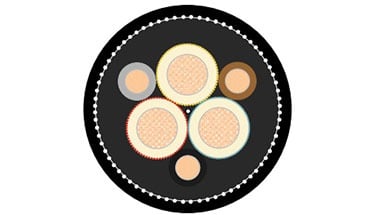

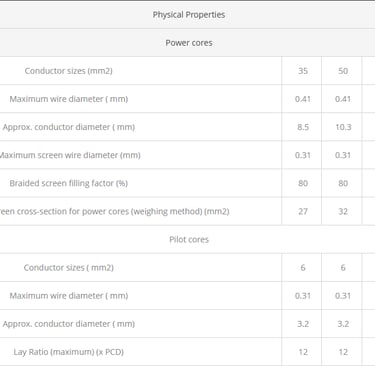

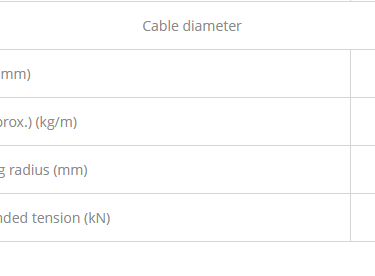
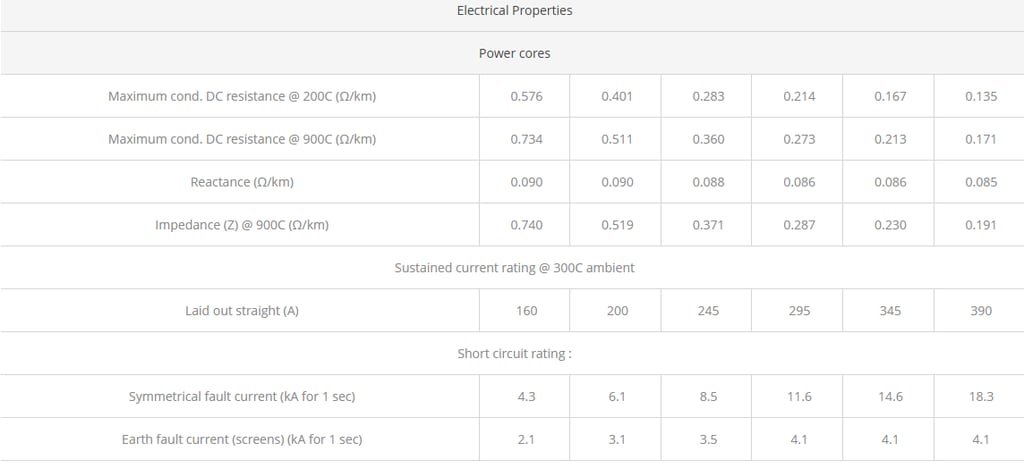

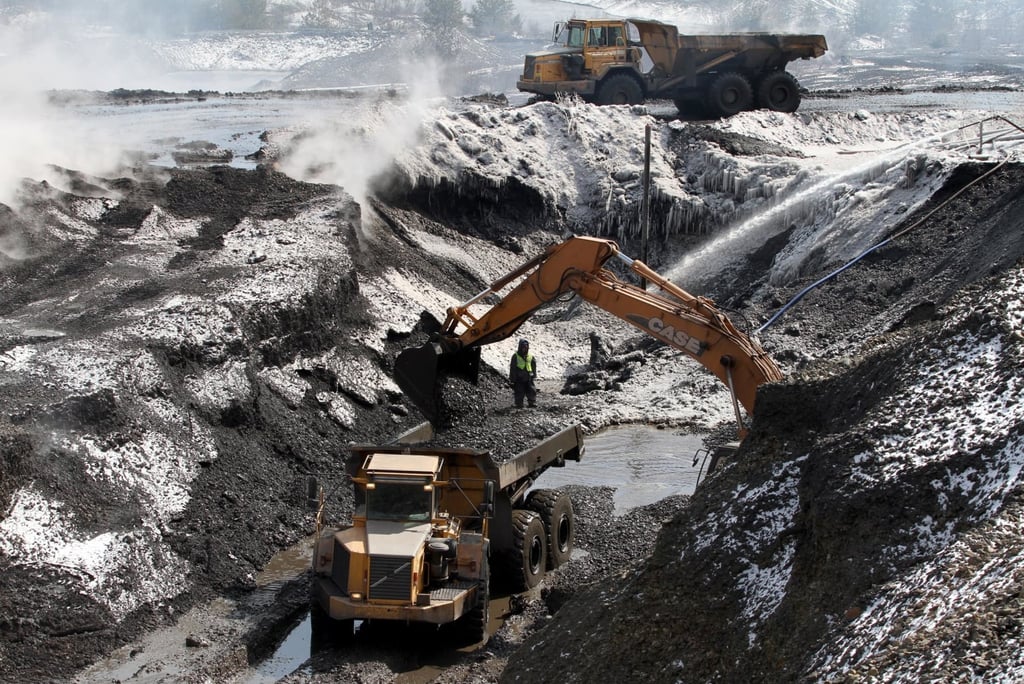

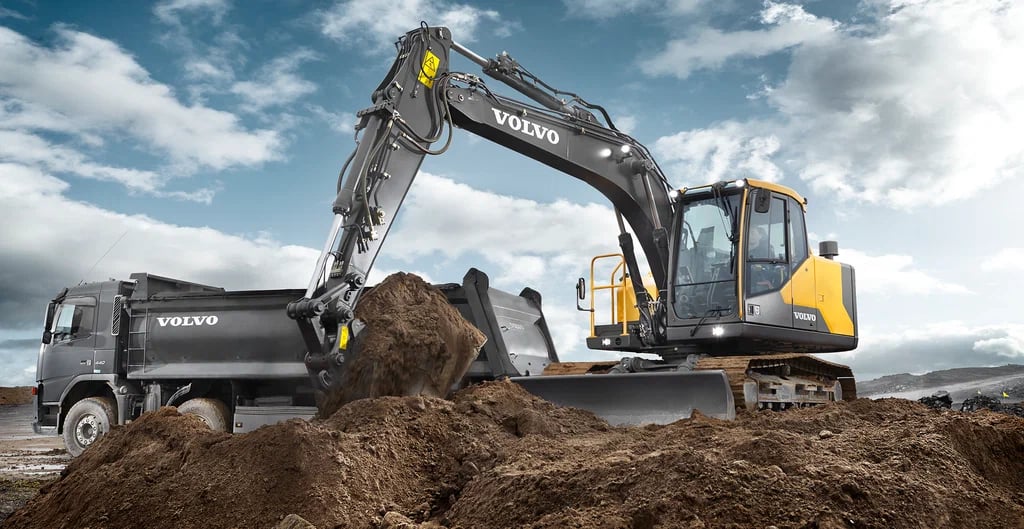

Ms. Li Wang holds a Bachelor’s degree in Electrical Engineering and is a Senior Electrical Engineer and Cable Installation Technical Consultant with over fifteen years of practical experience in cable systems. She has held positions at multiple mining companies in Australia and Indonesia, where she was deeply engaged in the initial design, installation, and on-site maintenance of high-voltage cable systems in industrial environments. With a strong theoretical foundation and extensive hands-on engineering experience, Ms. Wang excels in developing solutions for complex electrical systems and providing on-site technical guidance. She is dedicated to advancing safe, efficient, and reliable standards for cable applications.
Li Wang
About the Author
Senior Electrical Engineer/15+ Years experience in Mining Industries

Email Address: Li.wang@feichuncables.com
© 2025. All rights reserved.


One-click to Quickly Contact
Products
Offshore & Marine Cable
XLPE Cable
Contact
Company
Location:
Building A Private Science and Technology Park, Hefei Economic and Technological Development Zone, Anhui Province, China
